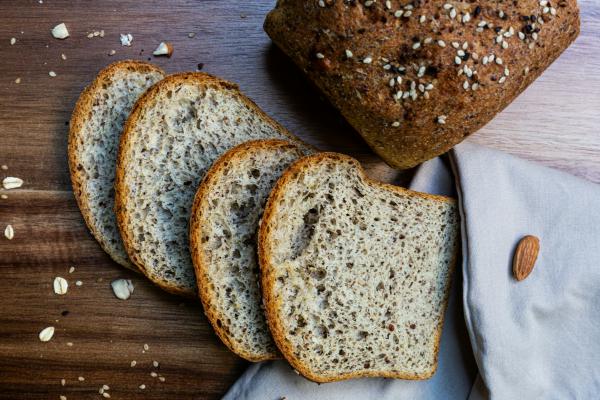


Bread is a staple food for many people around the world. However, many varieties of bread are high in carbohydrates which can cause blood sugar spikes and weight gain for those following a low-carb diet. This guide will discuss Low-Carb Bread options and provide recipes. So you don’t have to give up your sandwiches and toast while staying keto or low-carb.
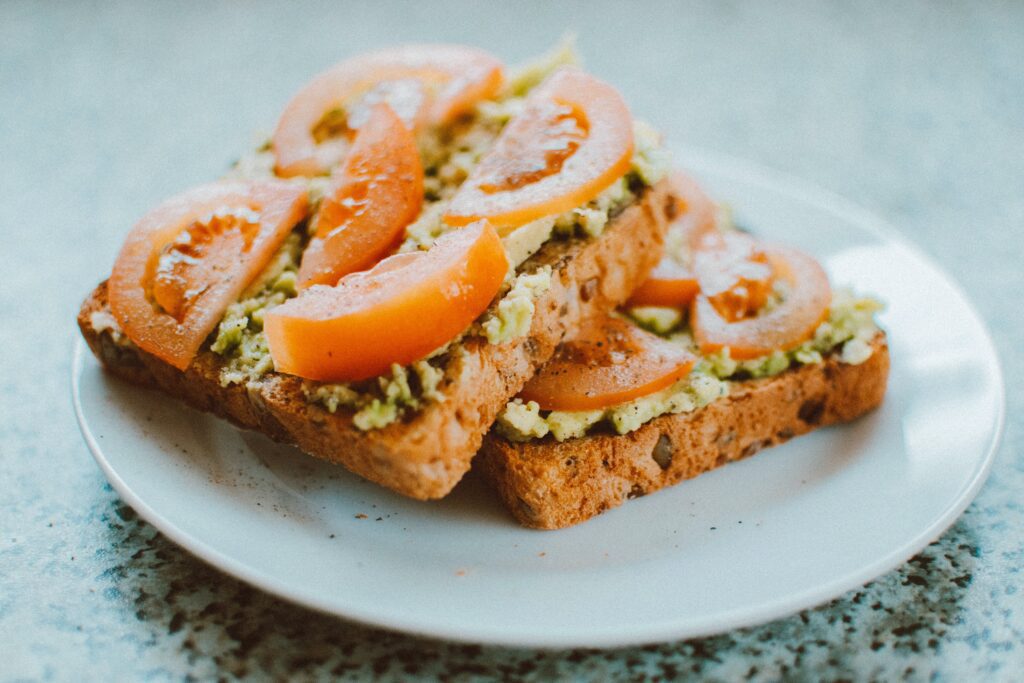
There are a few key reasons why many people opt for Low Carb Bread varieties:
Regular bread is made from wheat flour, which is high in carbohydrates. Consuming too many carbs at once can cause a spike in blood sugar levels. For those with diabetes or prediabetes, Low Carbohydrate Bread is a better choice to help control blood sugar.
Limiting your carb intake is the key to losing weight on a low-carb diet. While one slice of bread may not seem like much, carbs add up quickly throughout the day if you’re not careful. Opting for Low Carbohydrate Bread means enjoying sandwiches and toast without derailing your weight loss goals.
Those following a ketogenic (keto) diet aim to get more than 70% of their calories from fat to induce a metabolic state called ketosis. Ketosis cannot be achieved if carb intake is too high. Low Carbohydrate Bread allows keto dieters to have bread occasionally without knocking them out of ketosis.
High-fiber, Low Carbohydrate Bread made from nut flour and seeds is easier to digest than regular bread for some people. Those with gluten intolerance or sensitivities may also benefit from Low Carbohydrate Bread options.
In summary, Low Carbohydrate Bread is a healthy swap for regular bread varieties for blood sugar control, weight management, keto dieting, and digestive health reasons.
Now that we know why Low Carbohydrate Bread is a smart choice. Let’s explore some popular options available:
Made primarily from ground flaxseed, this bread has a nutty flavor and dense texture. Each slice has only 2g net carbs. Look for varieties made with nut flours like almond for extra protein and healthy fats.
Using almond flour as the primary ingredient, this bread bakes up light and airy with a mild almond taste. A single slice typically ranges from 3-5g net carbs depending on brand.
Protein bread increases the protein content by adding protein powder like whey or egg whites. 5-8g of protein per slice keeps you full longer between meals. Net carbs are usually 5g or less per slice.
Made with coconut flour, this bread tends to be on the denser side but packs fiber. Most varieties have only 3-4g net carbs per slice. Coconut flour lends a subtle coconut taste.
Breads made primarily from seeds like sunflower, pumpkin, and sesame are fiber-rich. Each 1-2 ounce slice provides 3-5g net carbs and beneficial fats, vitamins, and minerals.
Specifically formulated for the keto diet, these breads use unique low-carb flour and sweeteners to achieve a 1g or less net carb count per slice. Texture ranges from lighter and fluffier to denser, depending on the recipe.
This sprouted whole grain bread packs more nutrients than regular bread but stays low carb at only 2g net carbs per slice thanks to its dense, seed-filled nutrition profile.
Those are some of the most popular Low Carbohydrate Bread options available pre-made. Later in the article, we’ll share recipes to make your own from scratch. Now, let’s discuss how to store your Low Carbohydrate Bread properly.
Properly storing your Low Carbohydrate Bread is essential to maximize freshness and prevent spoilage. Here are some tips:
Now that you’ve got some Low Carbohydrate Bread options on hand let’s discuss ways to enjoy them in sandwiches to satisfy your lunch or dinner cravings:
Enjoy these sandwiches for lunch or pack in your work bag. Low Carbohydrate Bread makes it easy to satisfy your sandwich cravings while staying on track.
Frequently Asked Questions
What is the carb count? Depending on the ingredients, slices contain 1-5g net carbs each.
Is it gluten-free? Almond, coconut, and nut flours ensure recipes are naturally gluten-free.
Can a bread machine be used? Yes! Add wet and dry ingredients in order, and select gluten-free or basic settings.
How long will it stay fresh? Refrigerated slices last 5-7 days or frozen for up to 3 months.
Are there any substitution options? Nut or seed flours can often be swapped 1:1, and coconut milk replaces regular milk.
Can bread be sweetened? A small amount (1-2 tbsp) of honey, maple syrup, or sweetener adds sweet bread flavors.
What if it doesn’t rise? Check for proper mixing and baking times. Under-mixing or over-baking prevents rise.
With the wide variety of store-bought and homemade options, there is no need to give up bread while following a low-carb lifestyle. You can incorporate bread mindfully into your diet by choosing wholesome varieties with 5g net carbs or less per slice. And by making recipes yourself, you have complete control over ingredients to meet your nutrition needs.
Whether you opt for pre-sliced loaves from top brands or master favorites like flaxseed or protein bread, finding the perfect low-carb solution is within reach. Be sure to experiment and consider your preferences when selecting store options or recipes to try. With some practice, you can enjoy all your bread-centered favorites like toast, sandwiches, and more in a modified way.
By understanding why and how to choose low-carbohydrate bread, you now have the knowledge and confidence to succeed long-term on your carb-controlled diet in a satisfying, sustainable way. Bread cravings no longer defeat your health goals. Whether preparing recipes or perusing the bread aisle, it’s simple to make bread an enjoyable part of your low-carb lifestyle.





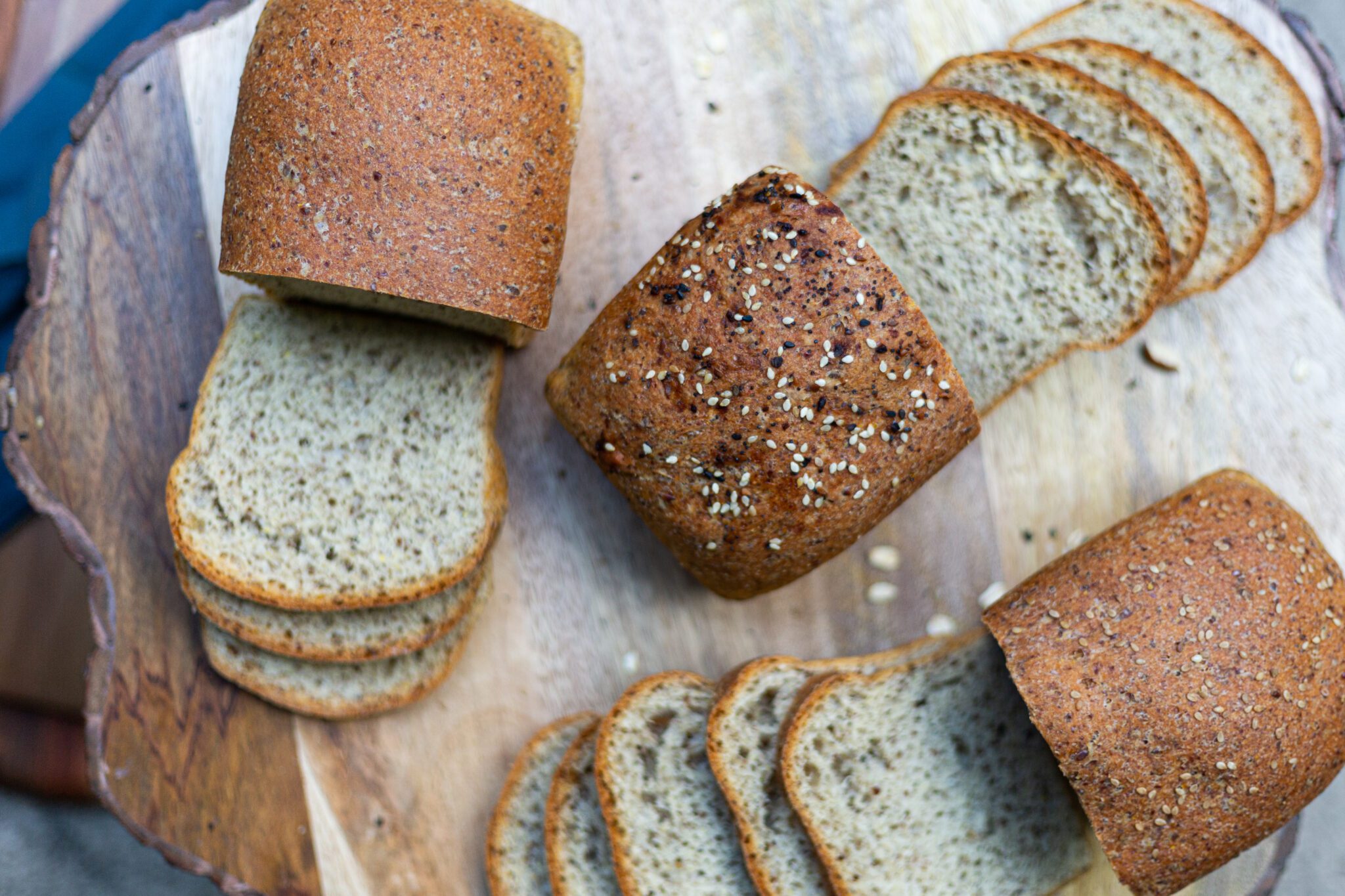


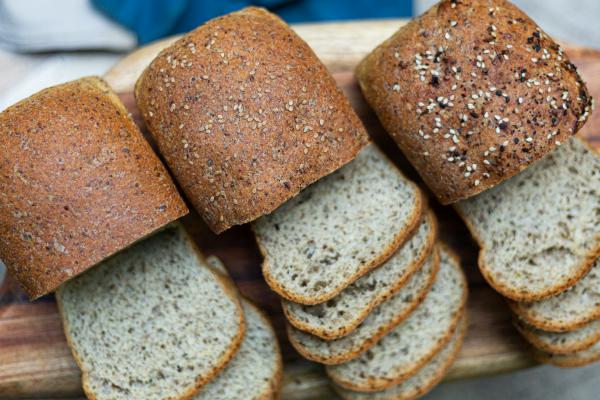









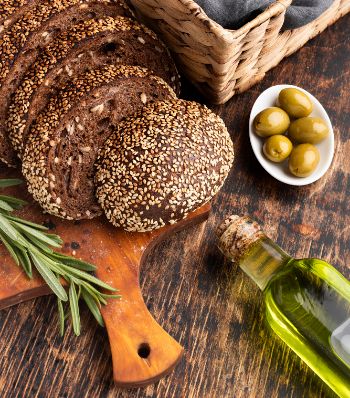

Sign up below to receive exclusive deals and be first to know when delicious new products are coming out.